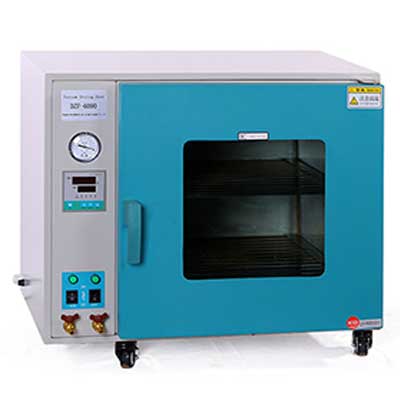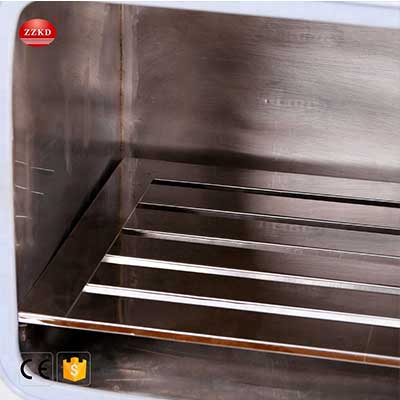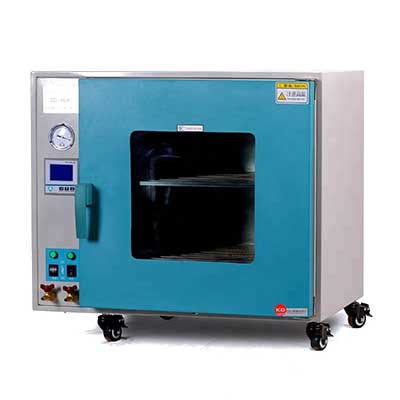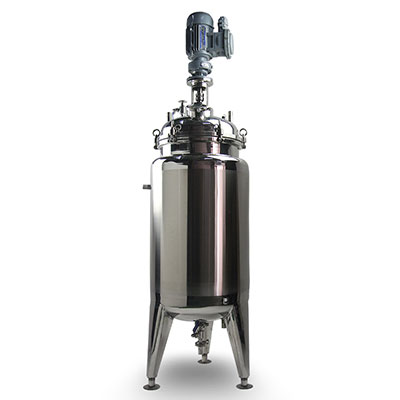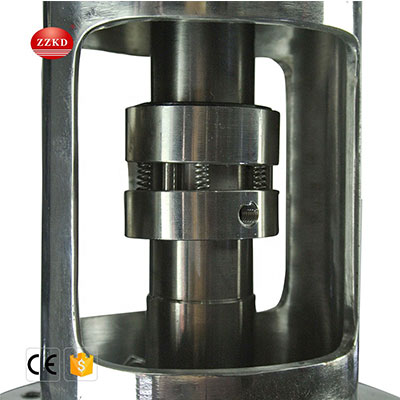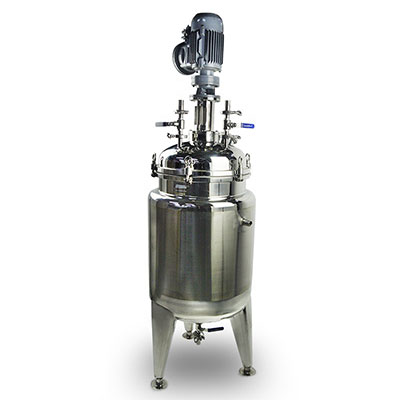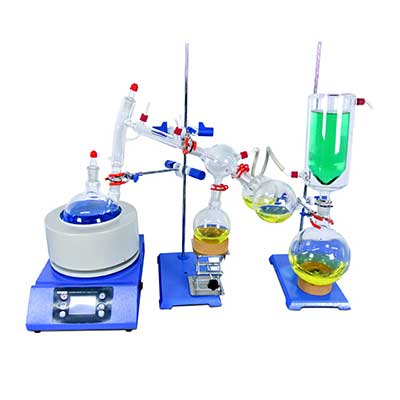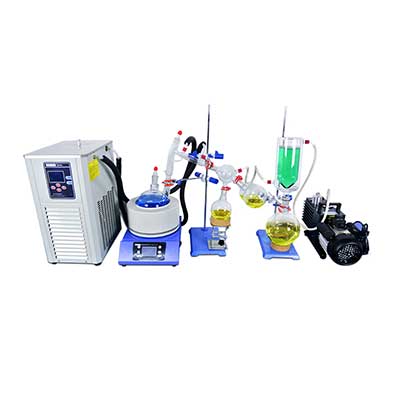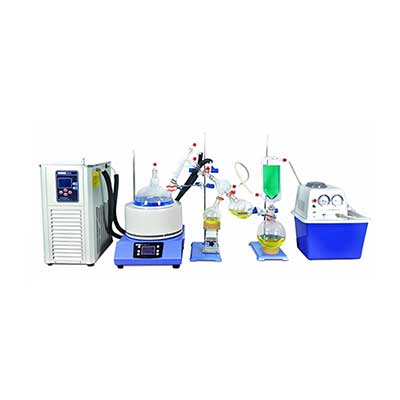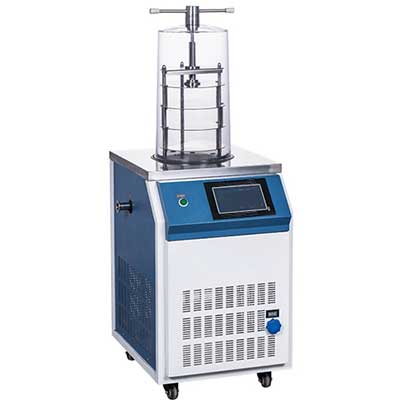-
WhatsApp
-
Email
Stainless steel reactors play a pivotal role in various industries, including chemical, pharmaceutical, and petrochemical. These robust vessels are designed to withstand high temperatures and corrosive substances while facilitating essential chemical processes. In this article, we will delve into the working principle of stainless steel jacketed reactor, exploring their key components and functions.
Subtitle 1: Introduction to Stainless Steel Reactors
Stainless steel reactors are a cornerstone of modern industrial processes, offering a safe and reliable environment for chemical reactions. They are constructed from high-quality stainless steel alloys, known for their exceptional durability and resistance to corrosion. These reactors come in various sizes and designs to accommodate different production needs.
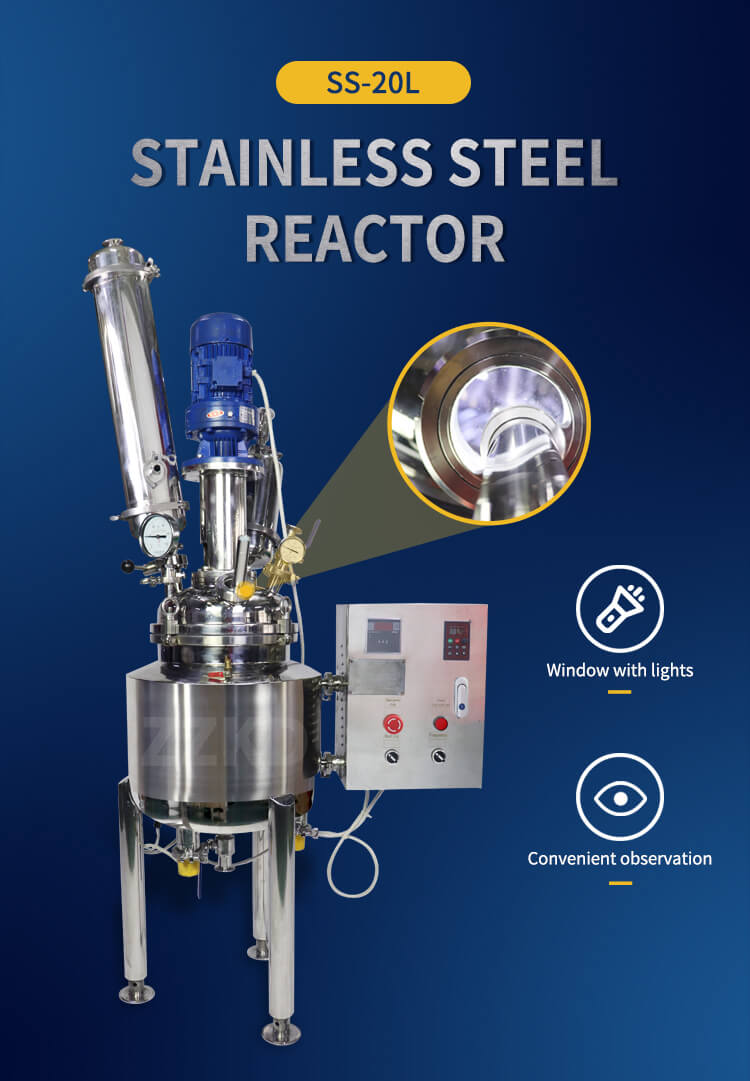
The Importance of Material Selection
One of the critical aspects of stainless steel reactors is the choice of materials. Stainless steel, with its unique properties, is an ideal choice. It is resistant to rust and corrosion, ensuring a long lifespan for the reactor. Additionally, stainless steel can withstand extreme temperatures, making it suitable for a wide range of chemical reactions.
Heat Transfer Mechanisms
Stainless steel reactors are equipped with efficient heat transfer mechanisms. They employ techniques such as jacketed walls or internal coils to regulate the temperature inside the reactor. This is vital for controlling the rate of chemical reactions, ensuring optimal yields and product quality.
Mixing and Agitation
Another crucial element is the mixing and agitation system. Reactors are designed with various agitator types, including paddle, anchor, or turbine agitators. These mechanisms ensure the uniform distribution of reactants within the vessel, promoting efficient reactions.
Subtitle 2: Operating Principles of Stainless Steel Reactors
To understand how stainless steel reactors work, let's delve into their fundamental operating principles. These principles govern the key stages of a reactor's operation, from charging the reactants to the final product discharge.
Reactant Charging
The process begins with the careful charging of reactants into the stainless steel reactor. This is a critical step to ensure precise control over the reaction. The reactor may be filled through the top or bottom, depending on its design.

Heat Transfer and Temperature Control
Once the reactants are inside the reactor, heat transfer mechanisms come into play. Steam or hot water is circulated through the jacketed walls or internal coils to maintain the desired temperature. Temperature control is vital to control reaction rates and prevent overheating.
Reaction Progress Monitoring
Throughout the reaction, various parameters are monitored, such as pressure, temperature, and pH levels. Modern stainless steel reactors are equipped with advanced instrumentation and control systems to provide real-time data for operators.
Subtitle 3: Safety Measures in Stainless Steel Reactors
Safety is paramount in the operation of stainless steel reactors. These vessels are often used for handling hazardous substances, making safety measures crucial.
Pressure Relief Systems
Stainless steel reactors are designed with pressure relief systems to prevent over-pressurization. These systems include safety valves that release excess pressure to protect the vessel and operators.

Ventilation and Exhaust
Proper ventilation and exhaust systems are essential to remove harmful fumes and gases generated during reactions. This ensures a safe working environment for operators.
Emergency Shutdown Procedures
Operators must be well-trained in emergency shutdown procedures. These protocols are in place to quickly and safely halt reactor operations in case of unforeseen events.
Subtitle 4: Applications of Stainless Steel Reactors
Stainless steel reactors find applications in a wide array of industries, thanks to their versatility and reliability.
Chemical Industry
In the chemical industry, stainless steel reactors are used for synthesis, polymerization, and various chemical processes. They can handle corrosive substances and high temperatures, making them indispensable.
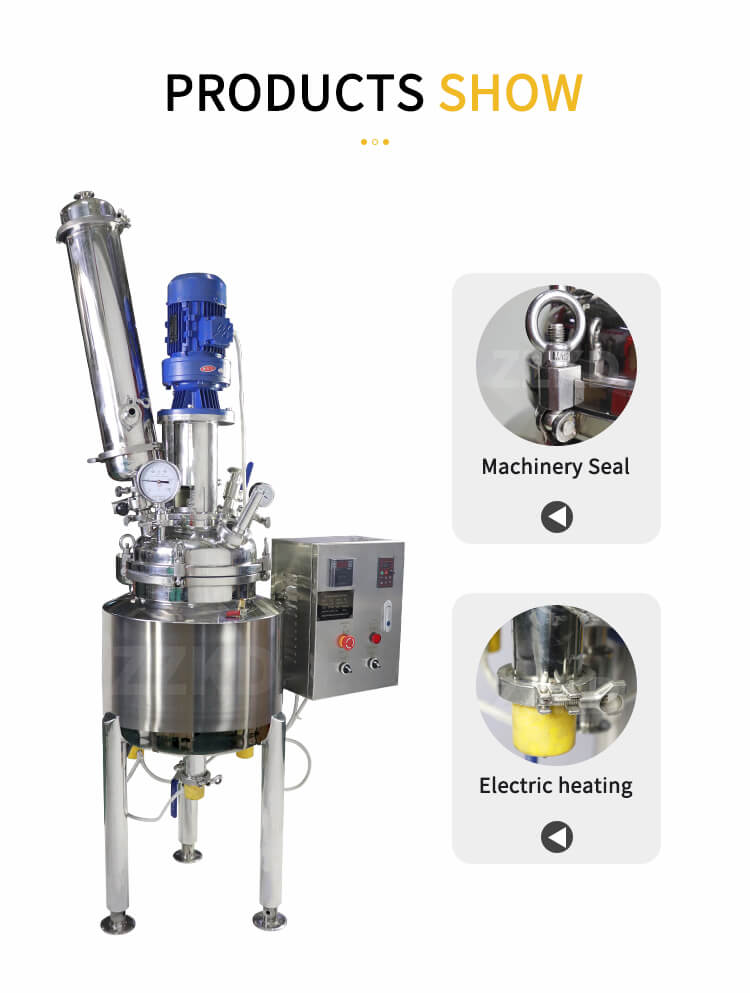
Pharmaceutical Industry
Pharmaceutical companies rely on stainless steel reactors for drug formulation, synthesis of active pharmaceutical ingredients (APIs), and sterile processing. The hygienic properties of stainless steel are crucial in this sector.
Petrochemical Industry
The petrochemical industry employs stainless steel reactors for refining crude oil, producing fuels, and manufacturing petrochemical products. These reactors withstand the harsh conditions of petroleum processing.
Subtitle 5: Maintenance and Longevity of Stainless Steel Reactors
To ensure the longevity and efficiency of stainless steel reactors, regular maintenance is essential.
Inspection and Testing
Routine inspections and non-destructive testing methods, such as ultrasonic testing, are conducted to detect any signs of wear, corrosion, or stress on the reactor's structure.
Cleaning and Sterilization
Proper cleaning and sterilization procedures are critical, especially in pharmaceutical and food-related applications. Stainless steel reactors can be sanitized to maintain product purity.
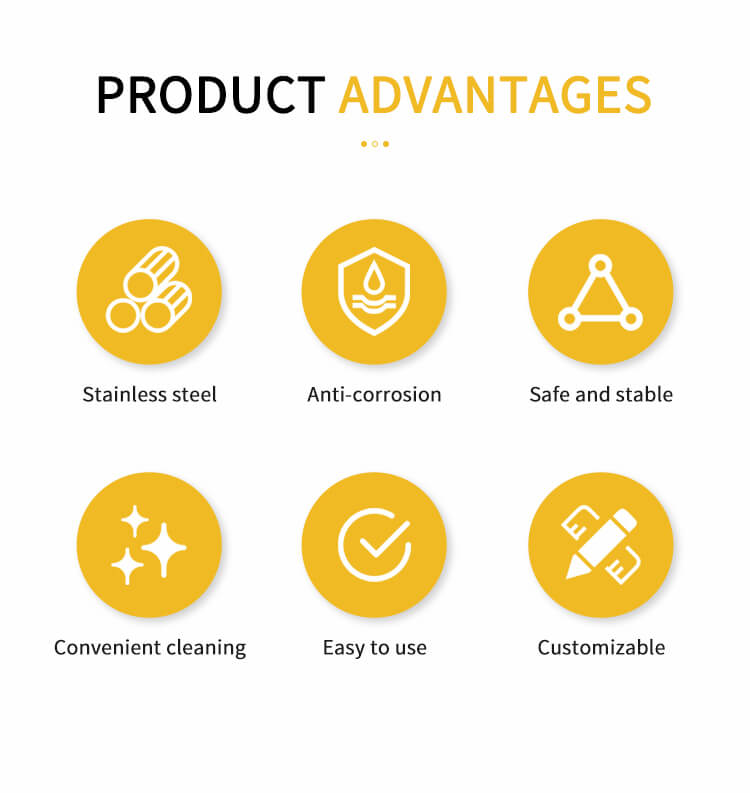
Replacement of Parts
Over time, certain components may need replacement, such as gaskets, seals, or agitator blades. Timely replacement ensures continued operation without interruptions.
Subtitle 6: Conclusion
In conclusion, stainless steel reactors are a cornerstone of many industrial processes, offering a safe and reliable environment for chemical reactions. Their robust construction, efficient heat transfer mechanisms, and precise control systems make them indispensable in various industries. By understanding their working principles and adhering to safety measures, operators can harness the full potential of stainless steel reactors while ensuring the longevity of these essential vessels.


